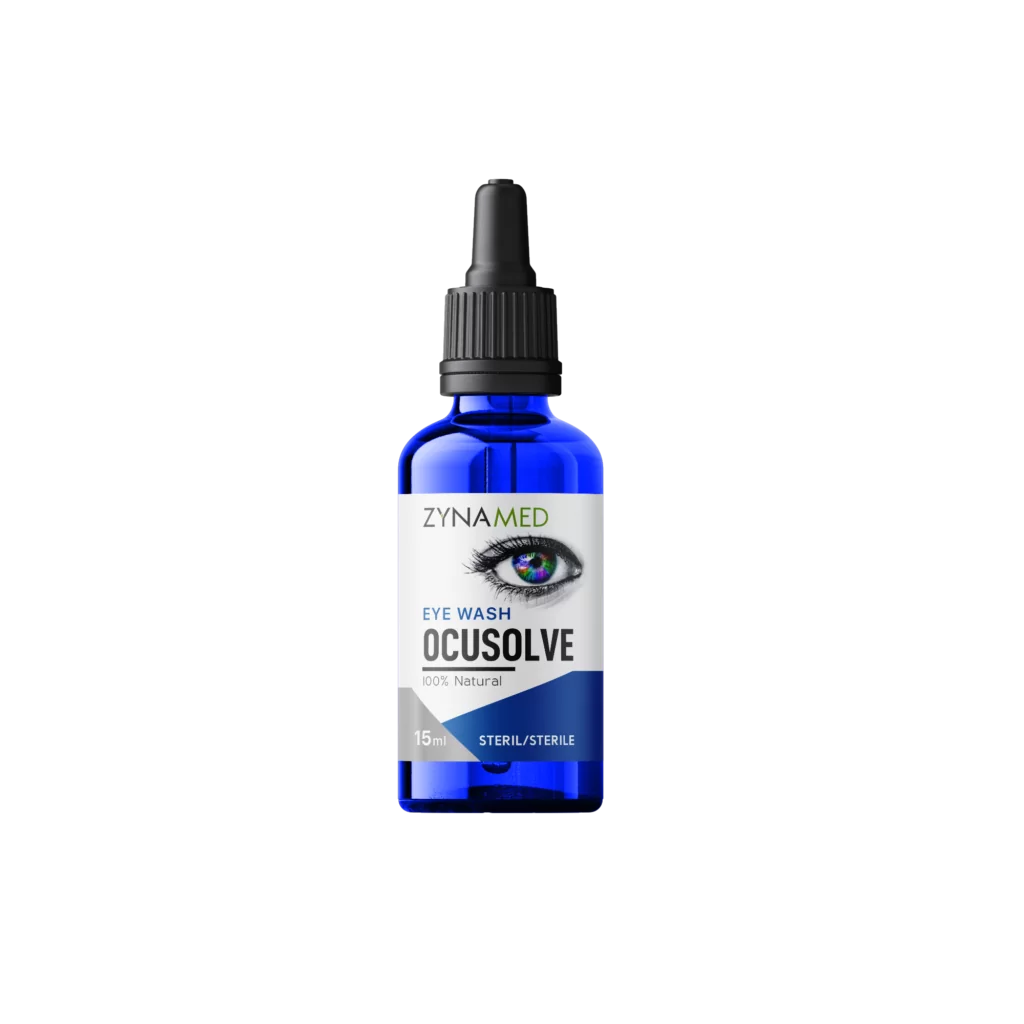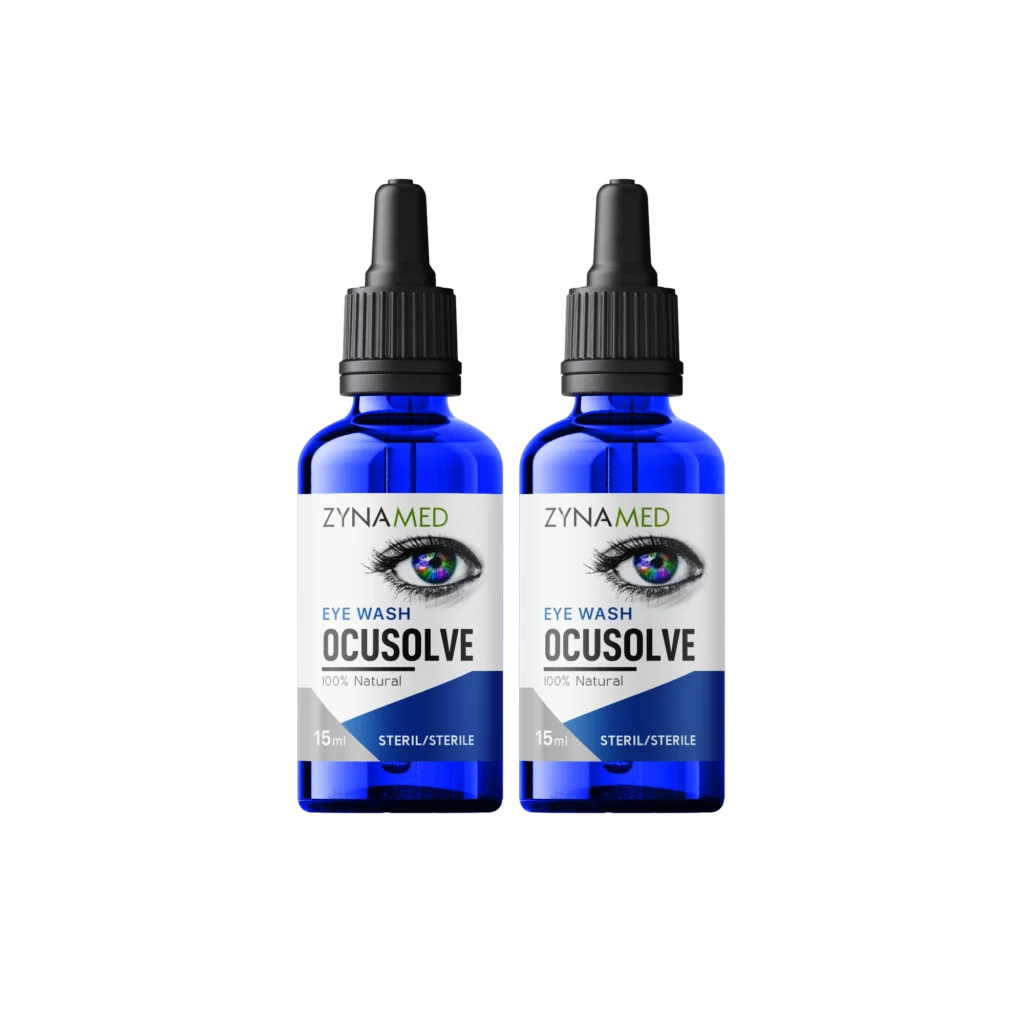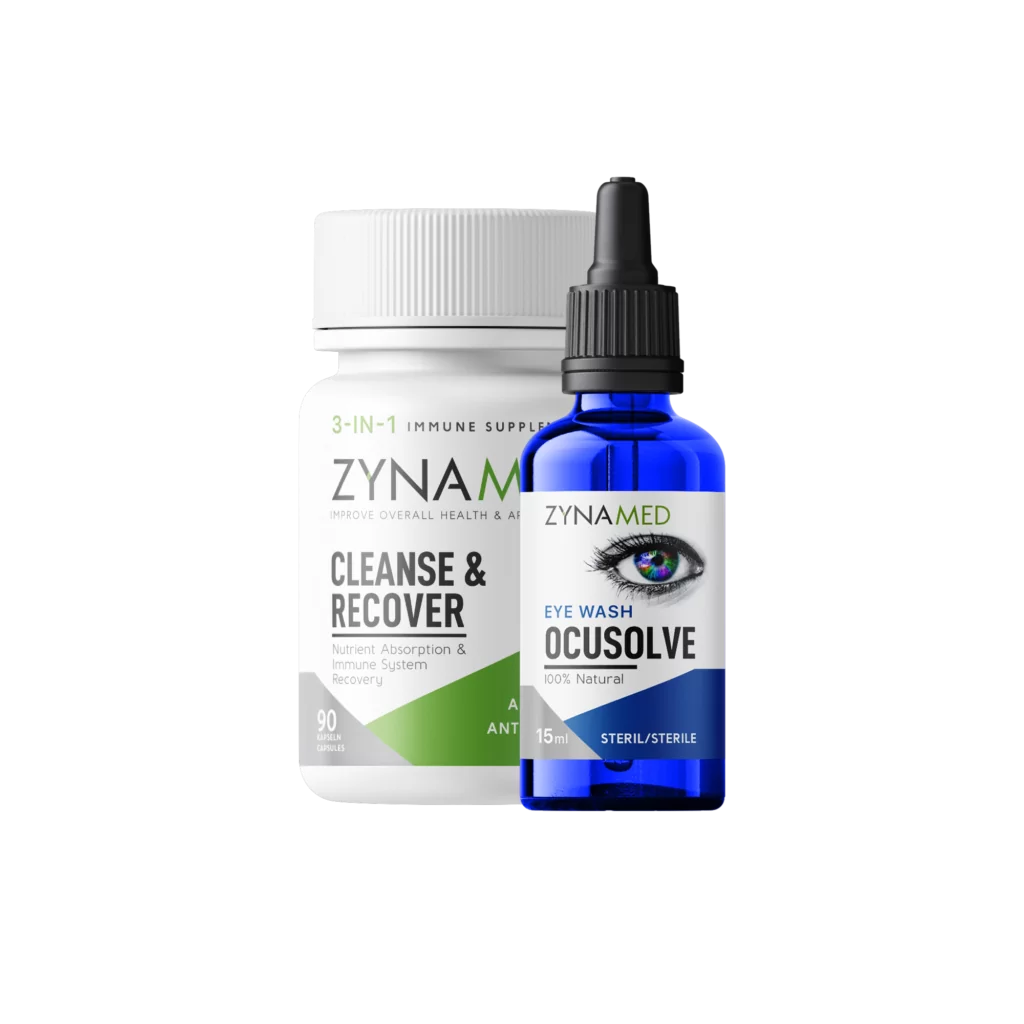Uveitis
Uveitis is an eye inflammation involving the vascular membrane (uvea) in the eye. The inflammation can affect different sections of the uvea. The causes can be infections, for example with bacteria, viruses or fungi. But other diseases can also be behind it, for example inflammatory joint diseases such as juvenile idiopathic arthritis or inflammatory systemic diseases such as sarcoidosis. Often, however, no cause can be found. Uveitis is manifested by reddened eyes, increased sensitivity to light, seeing black spots or loss of vision. However, uveitis can also develop slowly and initially cause hardly any symptoms (chronic uveitis). Then it may go unnoticed for a longer period of time. Treatment aims to slow down and eliminate the inflammation.
Overview: What is uveitis?
Uveitis is an eye disease in which the vascular membrane is inflamed. This middle layer of the eye is located between the retina and the sclera in the eye. The uvea is composed of three parts:
- Iris (iris)
- Ciliary or ray body (corpus ciliare)
- Choroid (choroid)
Each of the different sections of the uvea can be inflamed. Doctors therefore distinguish between anterior, middle and posterior uveitis. If all sections are affected, it is called panuveitis.
- Anterior uveitis (uveitis anterior) - the most common form: The iris (iris skin) is inflamed. The disease is therefore also called iritis. If the ciliary body is affected by the inflammation, doctors refer to it as cyclitis. Because the iris and ciliary body are anatomically close together, both structures can be inflamed (iridocyclitis).
- Intermediate uveitis (uveitis intermedia, intermediate uveitis): The inflammations affect the middle area of the uvea. The inflammatory cells are mainly located in the vitreous body. Doctors and physicians speak of vitritis.
- Posterior uveitis (posterior uveitis or postereore uveitis): The areas of the posterior vitreous are inflamed. In chorioditis, the inflammation predominantly affects the choroid; in chorioretinitis, the choroid and parts of the retina are inflamed.
- Panuveitis: inflammation of the anterior, middle and posterior segments of the eye together.
Ophthalmologists treat uveitis by relieving the symptoms and dampening the inflammation in the eye. Sometimes the eye inflammation is also related to another underlying disease or infection - in which case doctors treat it, often in collaboration with other specialists from rheumatology and other disciplines. Without therapy, uveitis can progress and, in the worst case, lead to blindness.
Uveitis - frequency and age
Uveitis is a very common inflammatory eye disease and a major cause of severe vision loss or blindness. Ophthalmologists estimate that between 17 and 52 out of every 100,000 people contract the disease each year. In the western world, about ten percent of visual impairments are due to uveitis. And up to 35 percent of patients
and patients with uveitis experience a significant reduction in their vision or even go blind.
Uveitis usually affects both sexes equally. In the Western world, anterior uveitis is the most common. It is also the most common form in adults. In principle, uveitis can occur at any age. However, it often affects people between 20 and 60 years of age. In adolescents under 16 and children, uveitis is relatively rare. It is then often a companion of juvenile idiopathic arthritis.
Uveitis: Causes often remain unknown
Uveitis can have various causes. In more than 50 percent of cases, however, doctors cannot pinpoint a trigger for the eye inflammation. In addition to the anatomical classification mentioned, the distinction between infectious and non-infectious uveitis is of the utmost importance for the correct therapy.
- Infectious uveitis - pathogens are at work here, such as bacteria, viruses, fungi or parasites. They can penetrate, for example, as part of an eye injury and cause inflammation. Infectious diseases such as toxoplasmosis, syphilis, tuberculosis, herpes, Lyme disease or HIV/AIDS can also be associated with uveitis.
- Non-infectious uveitis: Certain underlying diseases can play a role. These include inflammatory diseases that can also affect other organs or parts of the body, such as juvenile idiopathic arthritis, ankylosing spondylitis, Behçet's syndrome, sarcoidosis, inflammatory bowel disease and others. If no cause or concomitant disease is found, it is referred to as idiopathic uveitis.
Symptoms: Uveitis can start acutely or gradually
Uveitis can be recognized by various symptoms. They can affect one or both eyes. The main signs are:
- red eyes
- pains
- increased sensitivity to light, increased sensitivity to glare
- Reduced vision: Blurred and blurred vision - some see as if through a haze
- flying mosquitoes (mouches volantes) - you can see "black dots
- visual field limitations
Symptoms of uveitis can start suddenly (acute uveitis) and get worse quickly. However, the symptoms can also develop slowly and insidiously - then the uveitis often goes unnoticed for a long time (chronic uveitis). Uveitis can always come back in flares (recurrent uveitis).
Always consult your ophthalmologist if you experience symptoms such as a deterioration in vision or eye pain.
Uveitis: prevention, early detection, prognosis
There are no special measures you can take to prevent uveitis. In general: make sure you have good protection for your eyes, for example if your eyes are in danger at work (safety goggles) or in everyday life (sunglasses with UV protection). There are also no special measures for the early detection of uveitis in the doctor's office. Therefore, always consult your ophthalmologist if you have symptoms such as a deterioration in vision or increased sensitivity to light. He or she can find out the cause behind the symptoms.
Course and prognosis in uveitis
The uveitis can be acute, chronic and recurring in flares (recurrent). In an acute course, the symptoms start suddenly and quickly worsen. However, the symptoms do not last longer than three months. In the chronic course of uveitis, many people initially hardly notice any symptoms. It lasts longer than three months, often several years. In the case of recurrent uveitis, those affected experience symptom-free phases and acute flare-ups with symptoms.
Adequate treatment of the uveitis is important for the course and prognosis. If another underlying disease is the cause, doctors must also treat this adequately so that the symptoms subside and the uveitis does not develop further.
Without treatment, the eyesight will continue to deteriorate - in the worst case scenario, there is a risk of blindness. Untreated uveitis can have these consequences in general:
- Glaucoma - the pressure inside the eye is greatly increased
- Cataracts - the lens of the eye becomes increasingly cloudy
- vitreous opacity
- damage to the optic nerve
- retinal detachment
- Fluid retention in the retina (macular edema)
- loss of vision and blindness
Source: www.usz.ch/ickness/uveitis/
Recommended products
2 x OcuSolve Eye Wash 15ml 24% discount
OcuSolve Eye Wash 15ml and Cleanse&Recover 90 capsules
Shipping
Free delivery in Switzerland and Liechtenstein
payment
With us you pay comfortably and without risk against invoice, Paypal
or credit card.
satisfaction
The customer satisfaction rate is 99.5% and underlines our focus on top customer support.
100% Natural
Vegan, pure organic, free of any harmful substances. Does not contain soy and gluten.
Tested quality
This product is produced according to the highest standards (GMP) and continuously tested
for its quality.


